Diary Entry No 32 - Underground strategies
Shade frame
Some early flowering woodlanders have been dormant for a while and I try and repot them a bit earlier than this, but better late than never. I like to see what is happening underground and to check all is healthy. Adonis amurensis flowers very early in the spring, it might start as early as January in a mild winter. I keep a lot of woodlanders in my Access frame where the top has been open for the last few weeks, so the sand is quite damp. Soon I will put the roof glass back in and no water will be given directly to any pots with nothing above ground, or the buds could rot. The sand will remain damp and plants like the Adonis with some activity at the roots will be happy to just have access to water at the roots. Using the Access frame as a woodland frame seems a good way to grow woodlanders that may be perfectly happy in the open garden, but I grow in pots either because they might be show plants, or because they may not be happy in our soggy winter soil. It’s not too difficult to keep the conditions right for woodlanders in a frame with enough sand to act as a soak away for any excess water.
The plant is dormant above ground, but it has new white root growth, indicating that it does not want to be bone dry for the next few months, and also has buds which will sit in a state of dormancy until next January or February.
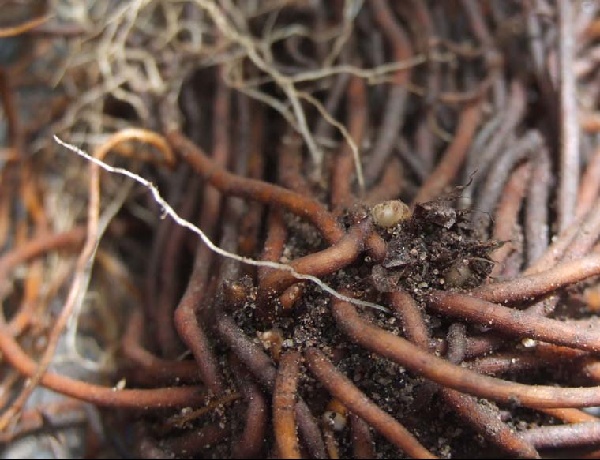
This plant had developed a secondary growth point so I divided this clump into the two obvious sections, severing one root where the plant had made the offset.
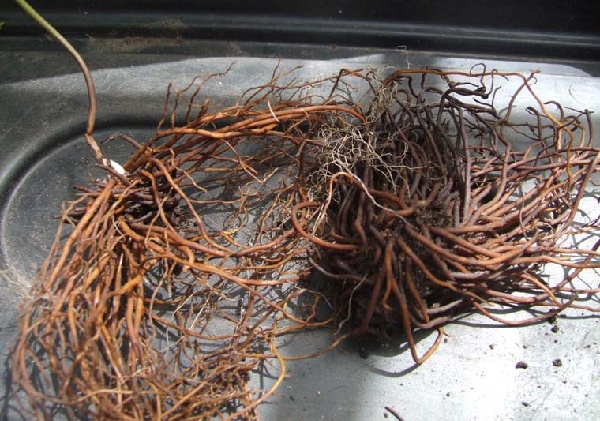
Both clumps have buds. The plants have been repotted in 2 litre plastic long toms in a mixture of John Innes compost, leafmould, composted bark and perlite with a pinch of bonemeal.
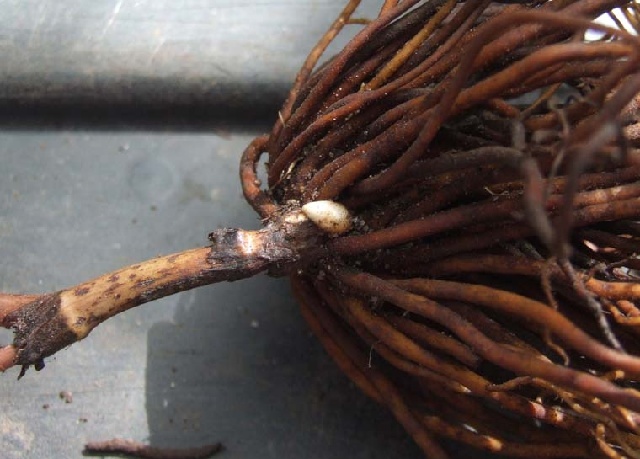
More Repotting
Last diary I showed the corm of Crocus cancellatus and I make no apologies for showing another crocus corm as I find them fascinating. This is Crocus reticulatus, the typical species of that group, with a netted corm tunic to allow for expansion - nature's own string bag.
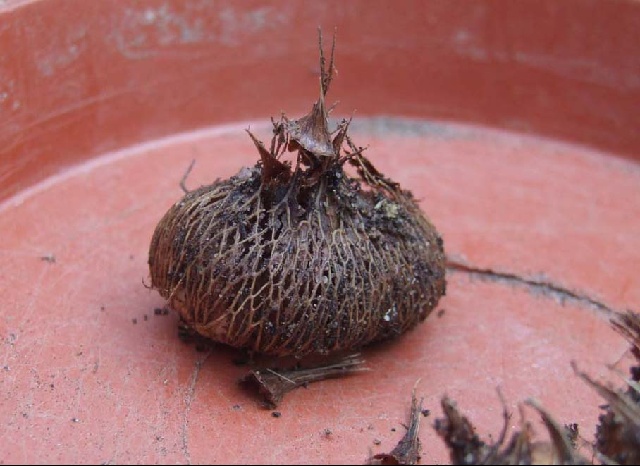
This corm has renewed itself and made offsets.
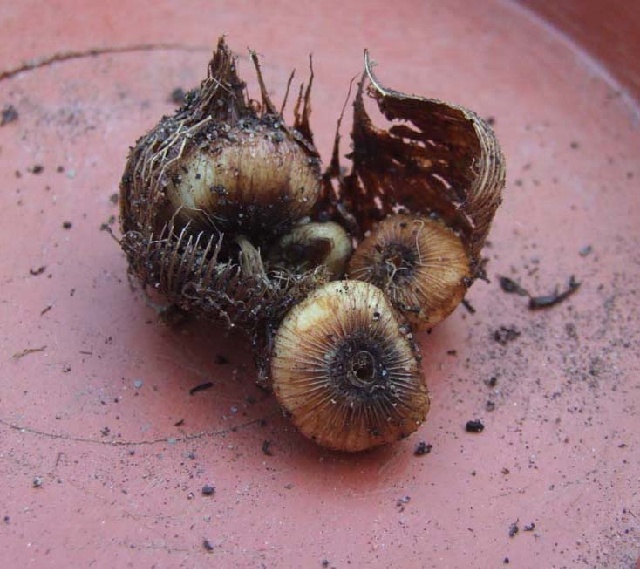
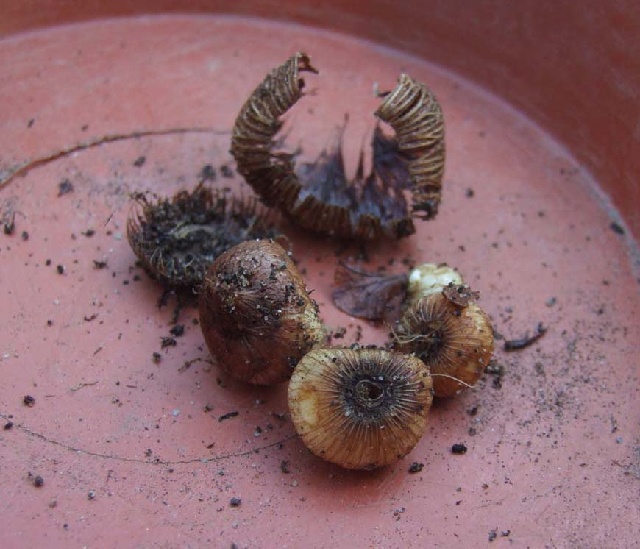
The white bulbous shape back left is the old corm.
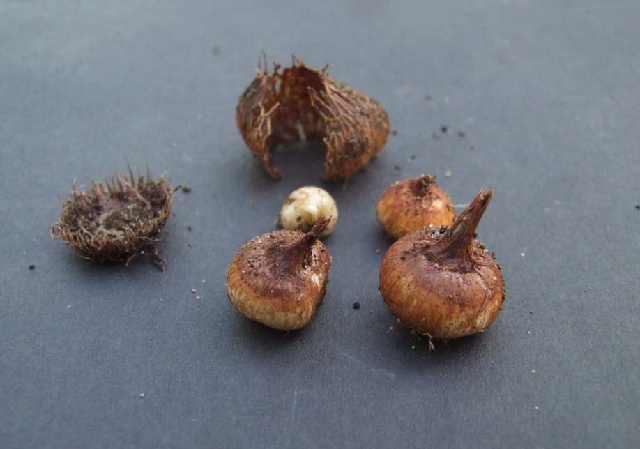
Repotting leads to better understanding of how plants work and what cultivation requirements they have.
This is a pot of Muscari “Early Rose” which is possibly a form of M pallens, which derives from material collected in the
The bulbs show normal early root growth of the white whispy type.
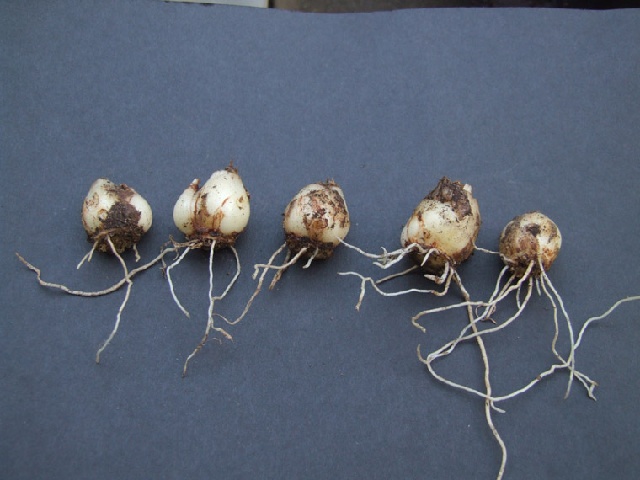
And another muscari, showing something quite different - this is a pot of seedlings of Muscari muscarimi sown in 2008 showing the thick fleshy roots.
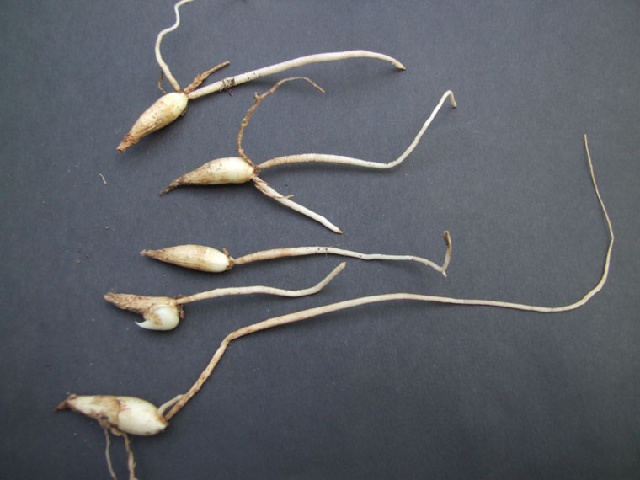
These type of roots give a clue that the plant grows in a seasonal dry area. Other plants with thick fleshy perennial roots like this include Cyclamen graecum and Juno irises. Plants from wet areas have roots nearer the surface, plants from dry areas often have deep roots. These plants come from
However, the bulbs do need summer warmth to encourage flowering next season, so I grow these muscari in a similar way to how I grow Cyclamen graecum. In the summer I grow them in a long tom pot, keep the pot in a sunny place but keep a little moisture at the bottom of the pot. These seedlings have struggled a bit, and have unfortunately lost some of their roots, but I think they each have enough root to survive. The roots are brittle and easily break off, so care is needed in repotting. I think this is another plant that would have been better repotted earlier in the season, but I never have enough time for all the jobs.
Here's another pot of the same species, 5 years from seed, and now flowering size. These roots look sturdy and healthy and easier to manage than the seedlings. These roots are not so long and deep searching as the younger plants. In the flowering size plants, the bulbs themselves are bigger and better able to cope with a drier regime.
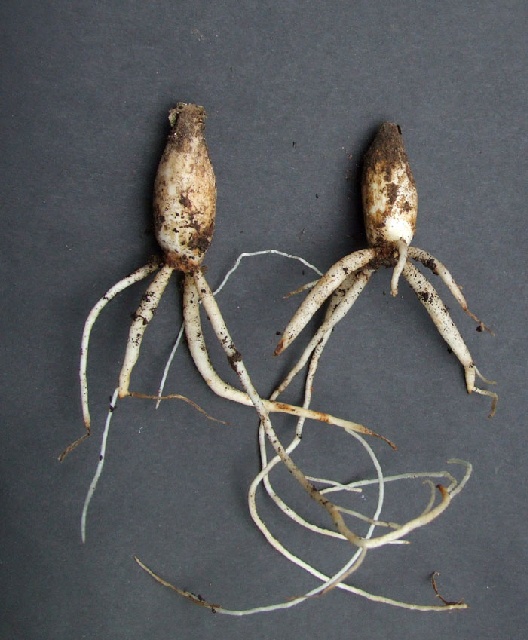
Arisaema tubers
I sow Arisaema in April or May and they usually germinate in a couple of weeks. These are seedlings of Arisaema ciliatum from seed sown earlier this year
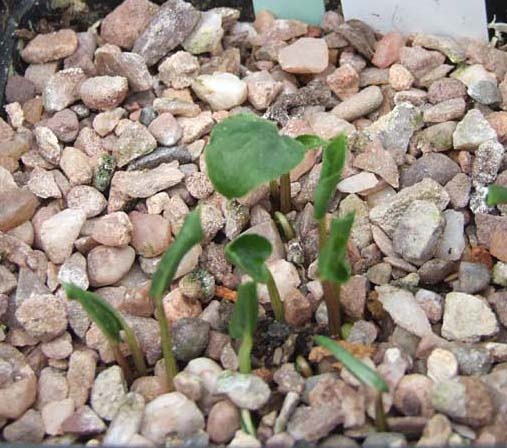
The next picture shows some seedlings of the closely related Arisaema consanguineum sown last year. When they are young plants, it is best to try and keep them growing as long as possible in the summer so the tuber develops faster. The ones on the left are still going strong, whereas the ones on the right have finished for this year.
Arisaema consanguineum and A ciliatum are closely related species, often confused in cultivation. My feeling is that nearly all plants I have seen at shows labelled A consanguineum have actually been A ciliatum. The best way tell the difference between these two species is at this time of year by looking at the tubers. A ciliatum (in both its subspecies, ciliatum and liubaense) has stolons which grow from the tuber. The tuber itself is more angular than A consanguineum, with little buds at the top.
The buds are pushed down by the stolons and the pointed tip enables them to easily bury down into the soil where they end up in a deeper position than the mother tuber. This will mean that the smaller tubers are in a better position for the winter - deeper will mean protected from the extremes of temperature and wet.
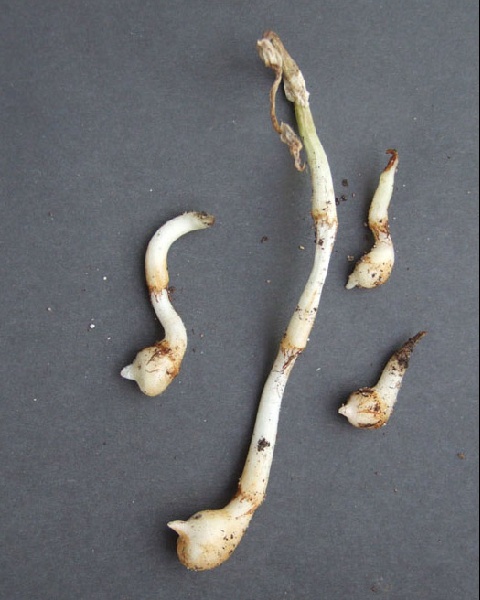
The stolons break off leaving the tubers to heal over and form a protective brown skin. The following picture shows these stages from left to right:
1. stolon with swollen tip, 2. stolon withered away leaving just the small new offset tuber , 3 & 4. tuber forming protective outer layer
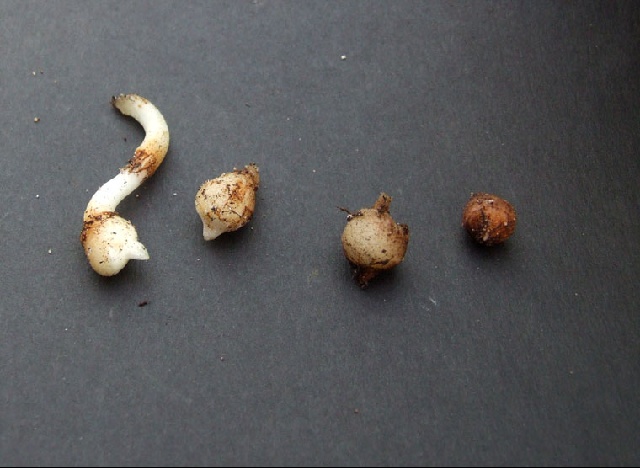
I've just realised I haven't shown a flower yet!
So, I'll finish with the harbinger of autumn in my garden, Cyclamen hederifolium which seems to be everywhere at the moment.
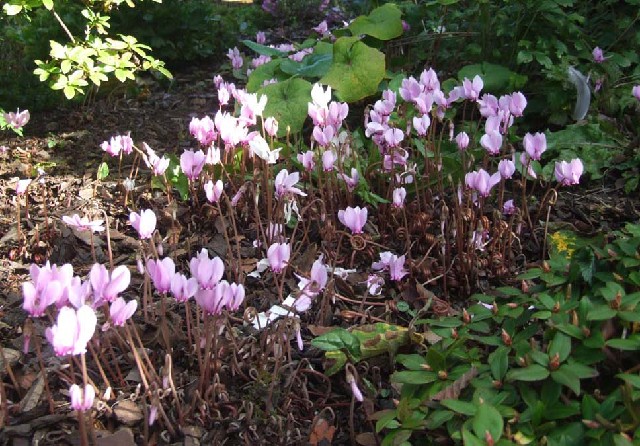
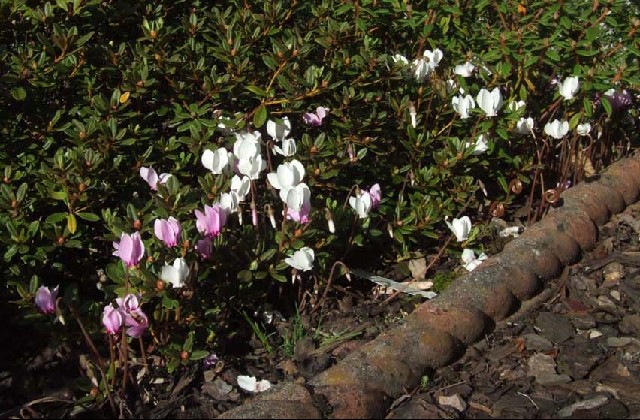
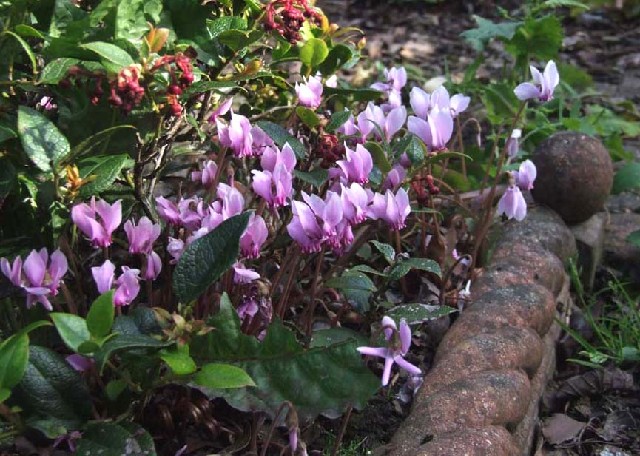
Please click here to add any comments in the Discussion Thread